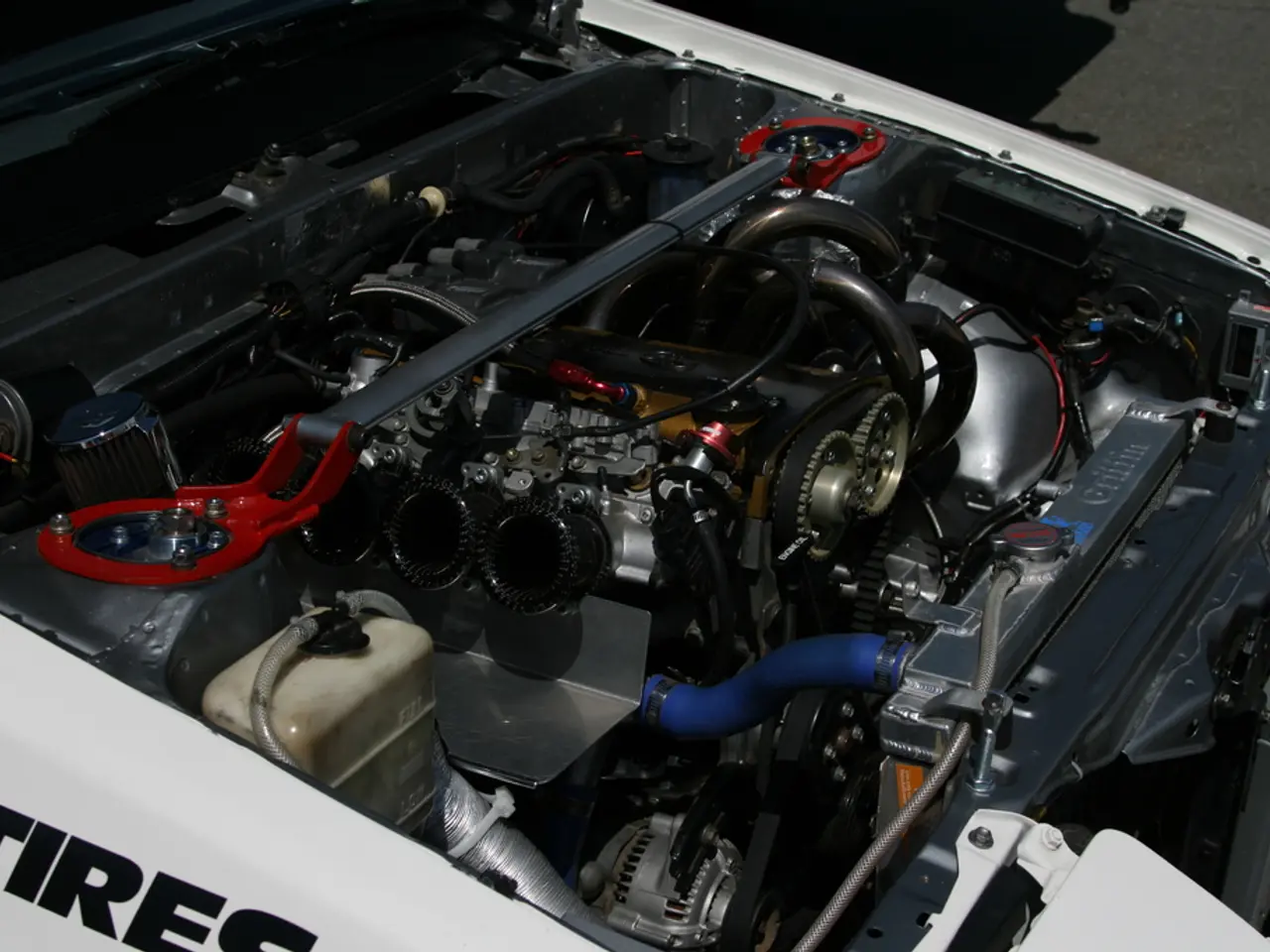American automaker General Motors (GM) will import electric vehicle (EV) batteries from Contemporary Amperex Technology Co. Limited (CATL) located in China.
In a bid to address Chinese dominance in the lithium-ion battery market, US automakers General Motors (GM) and Ford are collaborating with Chinese battery firms like Contemporary Amperex Technology Ltd (CATL) to leverage their technology while investing in domestic manufacturing facilities in the US.
Ford, for instance, is investing $3 billion in its BlueOval Battery Park factory in Michigan, set to produce lithium iron phosphate (LFP) batteries using technology from CATL. This collaboration enables Ford to manufacture lower-cost, competitive EV batteries domestically, while mitigating some risks related to supply and technology gaps. Despite initial concerns about the impact of using foreign technology on federal production tax credits, Ford continues to support this US-based facility operated wholly by its subsidiary, calling the batteries "Made in the USA."
Similarly, GM is exploring licensing Chinese LFP battery technology to boost its battery production capabilities within the US. Both GM and Tesla are engaging with Chinese technology to quickly access advanced battery chemistries that improve performance and cost-effectiveness.
This approach reflects a pragmatic response to China's overwhelming position in the global lithium-ion battery supply chain. China controls about 65% of global lithium processing and supplies a majority of cathode materials essential to battery performance and cost. Consequently, the US EV sector remains heavily reliant on China for critical materials and technology, exposing automakers to supply risks and geopolitical challenges.
To counter this, GM and Ford are accelerating domestic production facilities supported by advanced Chinese battery technologies and are also exploring alternative sources and advanced chemistries to reduce dependence. Ford's Michigan LFP battery plant, expected to begin production in 2026, will be the first of many such facilities.
GM, on the other hand, plans to temporarily import LFP batteries from CATL for its most affordable EV model, the upcoming next-gen Chevrolet Bolt. After establishing LFP production, GM plans to produce lithium-manganese-rich (LMR) prismatic cells.
This hybrid strategy aims to foster domestic battery manufacturing capacity while leveraging existing leading battery technology from China to compete effectively within the US market. The shift towards domestic battery production is a significant step towards reducing dependence on foreign suppliers for EV battery needs and addressing concerns about Chinese dominance in battery materials.
[1] Ford to use CATL battery tech for Michigan LFP plant [2] Ford's Michigan LFP plant to be 'Made in the USA' [3] GM to license CATL technology for US battery production [4] US automakers face supply risks and geopolitical challenges due to reliance on China for critical battery materials
Using CATL's technology, Ford will produce lithium iron phosphate (LFP) batteries at its Michigan factory, which will be labeled as "Made in the USA."
To boost its battery production capabilities within the US, General Motors is actively exploring licensing CATL's LFP battery technology.




